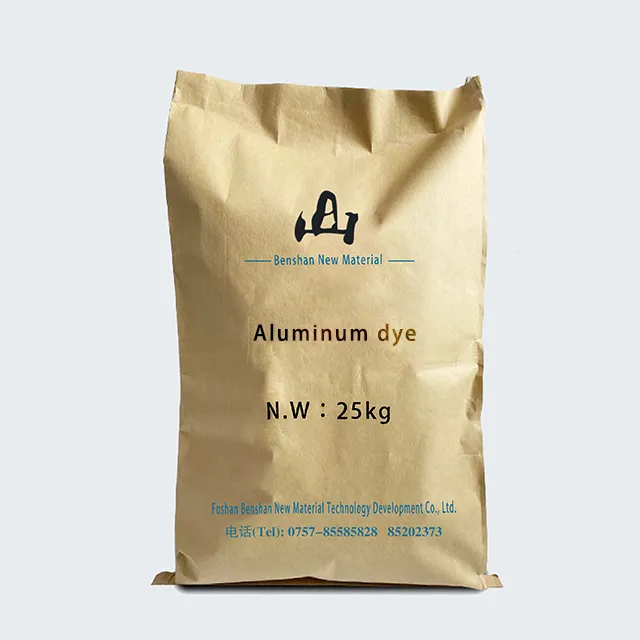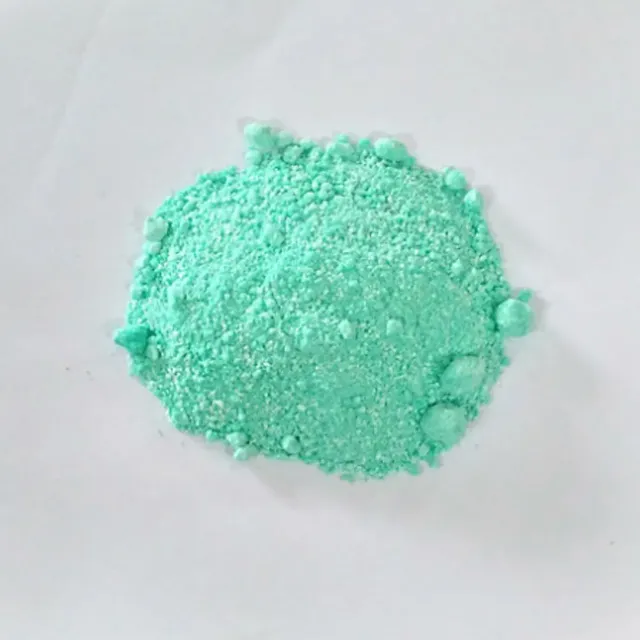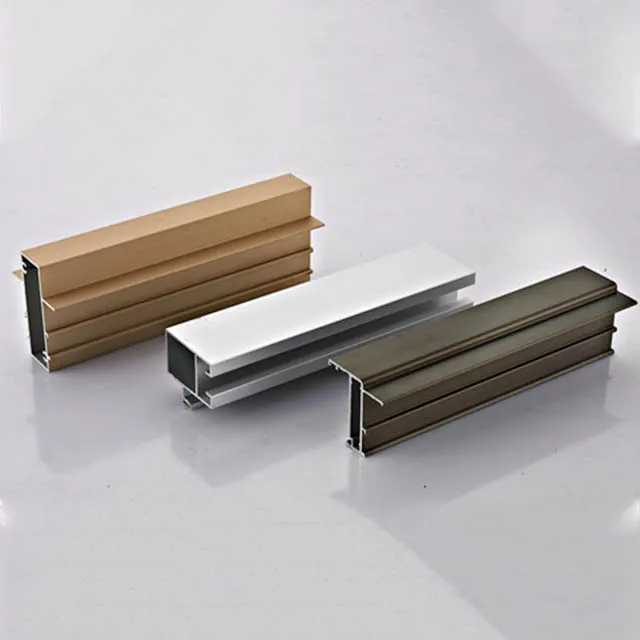
What is used to seal anodized aluminum?
2024-07-04 15:30
Anodized aluminum is widely used in construction, aviation, electronics and other fields due to its excellent corrosion resistance, wear resistance and good decorative effect. However, anodized aluminum requires sealing during the production process to improve its surface properties. Choosing the right sealing additive is critical to ensuring the quality of anodized aluminum.
This article will take an in-depth look at what types of additives are used to seal anodized aluminum, as well as the functions and applications of these additives.

What is anodized aluminum?
Anodized aluminum is a treatment method that forms an oxide film on the surface of aluminum through an electrolysis process. This oxide film can not only significantly improve the corrosion resistance and wear resistance of aluminum materials, but also enhance the decorative effect of its surface. However, the anodized film itself has certain pores. If not sealed, these pores will become channels for corrosive media to invade, affecting the protective effect of the oxide film. Therefore, sealing anodized aluminum is a critical step to ensure its superior performance.
The necessity of anodized aluminum sealing
The main purpose of anodized aluminum sealing is to block the pores in the oxide film and prevent corrosive media (such as water, salt, etc.) from entering, thereby improving the corrosion resistance and durability of the aluminum material. Sealing treatment can not only improve the physical properties of aluminum, but also enhance the decorative effect of its surface, allowing it to maintain a good appearance during long-term use.

What additive is used to seal anodized aluminum?
According to different sealing principles and processes, additives for sealing anodized aluminum mainly include the following categories:
● Inorganic salt sealing additive,
● Organic sealing additives,
● Nano-sealing additives,
● Compound sealing additives.
1. Inorganic salt sealing additives:
Inorganic salt sealing additives are the earliest additives used in anodized aluminum sealing treatment. Common inorganic salts include phosphates, chromates and silicates. These additives fill the pores of the oxide film through chemical reactions to form stable compounds, improving the density and corrosion resistance of the anodized film.
● Phosphate seal:
Phosphate sealing is achieved by reacting the phosphate solution with the aluminum ions in the oxide film to generate aluminum phosphate compounds, which fill the pores of the oxide film. Its advantages are simple process and low cost, but the sealing effect is relatively poor, and it is mainly used in situations where corrosion resistance is not required.
● Chromate seal:
Chromate sealing uses a chromate solution to react with the oxide film to generate aluminum chromate compounds, which enhances the density and corrosion resistance of the oxide film. This sealing method has remarkable effects, but due to the high toxicity and environmental pollution problems of chromate, it is gradually being replaced by environmentally friendly sealing additives.
● Silicate seal:
Silicate sealing is achieved by reacting the silicate solution with the oxide film to generate an aluminum silicate compound, which fills the pores of the oxide film. This sealing method has good corrosion resistance and wear resistance and is widely used in the construction and aviation fields.

2. Organic sealing additives:
Organic sealing additives refer to filling the pores of the oxide film with organic matter to improve the corrosion resistance and surface finish of anodized aluminum. Common organic sealing additives include silicone, acrylic resin, and polyurethane.
● Silicone seal:
Silicone sealing uses organic silicon compounds to fill the pores of the oxide film to form a dense protective layer. Its advantages are high temperature resistance and good weather resistance, and it is suitable for anodized aluminum products used in harsh environments.
● Acrylic resin seal:
Acrylic resin sealing uses acrylic resin solution to fill the pores of the oxide film to form a smooth protective layer. This sealing method has excellent weather resistance and decorative effect, and is widely used in the fields of building decoration and household products.
● Polyurethane seal:
Polyurethane sealing uses polyurethane solution to fill the pores of the oxide film to form an elastic protective layer. Its advantage is good wear resistance and chemical corrosion resistance, and it is suitable for mechanical parts and anodized aluminum products in the automotive industry.
3. Nano-sealing additives:
With the development of nanotechnology, nano sealing additives have gradually become a new trend in anodized aluminum sealing. This type of additive fills the pores of the oxide film with nanoparticles to form a dense nanoprotective layer, improving the corrosion resistance and wear resistance of the anodized film.
● Nano-alumina seal:
Nano-alumina sealing uses nano-alumina particles to fill the pores of the oxide film to form a dense protective layer. This sealing method has excellent corrosion resistance and wear resistance and is widely used in the aerospace and electronics industries.
● Nano silica seal:
Nano-silica sealing uses nano-silica particles to fill the pores of the oxide film to form a high-hardness protective layer. Its advantage is that it has high transparency, does not affect the surface gloss of aluminum materials, and is suitable for decorative anodized aluminum products.
4. Composite sealing additives:
Composite sealing additives combine the advantages of inorganic and organic additives to form a denser and more durable protective layer through the synergistic effect of multiple chemical components. This sealing method can significantly improve the overall performance of anodized aluminum.
● Inorganic-organic composite seal:
Inorganic-organic composite sealing uses inorganic salts and organic matter to jointly fill the pores of the oxide film to form a multi-layer protective structure. Its advantages are excellent corrosion resistance, wear resistance and decorative effect, and is suitable for anodized aluminum products that require higher comprehensive performance.
● Nano-organic composite seal:
Nano-organic composite sealing uses nanoparticles and organic matter to jointly fill the pores of the oxide film to form an ultra-dense protective layer. This sealing method combines the advantages of nanotechnology and organic chemistry, has extremely high corrosion resistance and mechanical strength, and is widely used in high-tech fields.
Conclusion
Choosing the right sealing additive is critical to ensuring the quality and performance of anodized aluminum. Various types of sealing additives, such as inorganic salts, organic substances, nanoparticles and composite materials, each have their own advantages and are suitable for different application scenarios.
When selecting sealing additives, companies should comprehensively consider the specific needs of the product and the use environment, and choose the most suitable sealing solution to ensure the excellent performance and long service life of anodized aluminum products.








